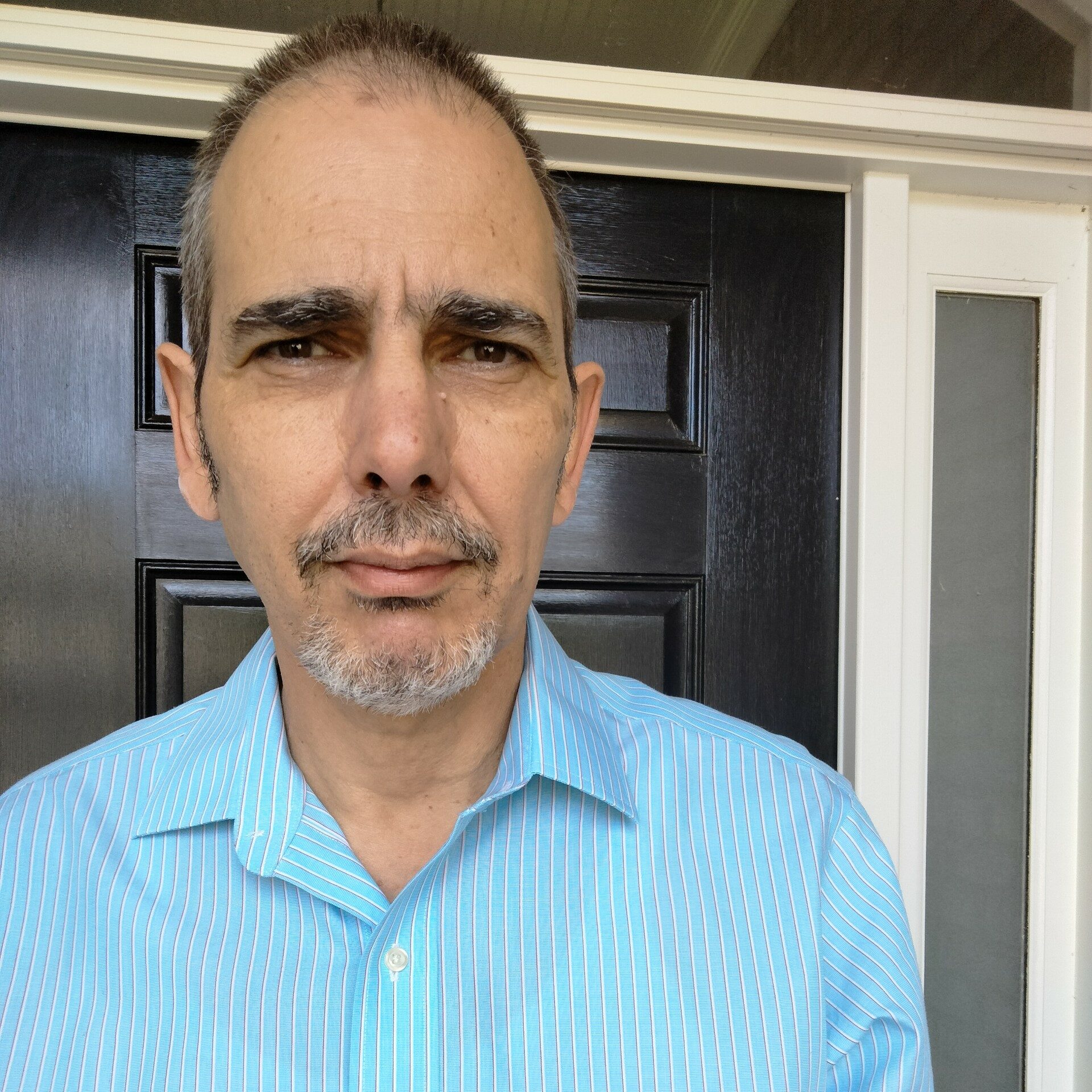The CHS supports postdoctoral researchers with a variety of configurations. Fellows receive varying levels of support and may reside at the Center in Washington, DC for up to 18 weeks, depending on the scope of their proposed project. For information about CHS fellows based in Greece, see the CHS Greece website.
2025 Summer Fellows in Hellenic Studies

Marios Anastasiadis specializes in Greek history, especially slavery, epigraphy, and ancient medicine. He received his PhD in Classics from The University of Edinburgh in 2024 and is Postdoctoral Fellow at the Haifa Center for Mediterranean History. His current research focuses on labour history, slave agency, and technology. His recent publications include articles on slave medical treatment in the Greek world and on prostitution at Gortyn, while he is also working on a book-length project exploring from a bottom-up perspective the lives and labour of slaves in Archaic and Classical Greece. At the Center for Hellenic Studies, Marios will work on an article-length project: a detailed study of slaves and slavery in the Attic curse tablets. It will include prosopographic work, socioeconomic analysis, as well as translations and commentary of select tablets which will be contributed to Attic Inscriptions Online.

Sofia Lombardi is currently Assistant Professor of Ancient Greek at the Pontificia Universidad Católica de Chile. She completed her PhD in Philosophy specializing in Ancient Philosophy—at the Pontificia Universidad Católica de Chile, and holds a BA in Classics and an MA in Philology, Literature, and Ancient History from the Università Statale di Milano. Her research focuses on Stoicism, particularly Stoic psychology and epistemology, with special attention to the figure of Posidonius.
During her residency at the Center for Hellenic Studies, she is completing a monograph —a revision of her PhD dissertation— on the reconstruction of Posidonius’ psychology, based primarily on Galen’s De Placitis Hippocratis et Platonis. Although a hostile source, the De Placitis remains one of the main testimonies for Posidonius’ psychological views and will play a central role in the reconstruction. The aim of this work is to bring out a Posidonius who, while undoubtedly critical of Chrysippus, as Galen suggests, is not the Platonic critic the treatise portrays. Instead, Posidonius re-appropriated and renewed traditional Stoic doctrines, while remaining firmly anchored in Chrysippean monism.

Thanassis Samaras is Associate Professor of Philosophy at the University of Georgia. He is the author of books, articles and chapters on the Presocratics, the sophists, Plato and Aristotle. He is also the editor of the Cambridge Critical Guide to Aristotle’s Politics (with Thornton Lockwood). His more recent published work examines the notion of leisure throughout antiquity, the concept of love and the gender politics of Plato’s Symposium and Republic and the relationship between excellence and citizenship in Aristotle’s ethical and political thought. In addition, his study The Greek Lyricist and Composer Akis Panou (co-authored with George Samaras and Aikaterini Grigoriadou) is forthcoming in 2025.
While at the Center for Hellenic Studies, Thanassis will work on his book project on the household in the Republic. The book argues that the abolition of the traditional household for the Auxiliaries and Guardians is part of a wider approach, popular with Laconophile elite authors of the classical era, which views the relationship between the household and the city as primarily antithetical and privileges the latter over the former. Furthermore, it explores how Plato’s attitude towards the household is connected to his positions on questions such as gender, Greekness, the importance of landed property and the modes of its distribution, the value of noble birth, and the epistemic and moral requirements for the exercise of effective political and military leadership.

Brittney Szempruch is an associate professor in the Department of English and Fine Arts at the United States Air Force Academy. She completed her PhD in Classics at Stanford University, and her research is interested in the relationship between literature and religion in the ancient world, particularly in Greek and Latin poetic genres. While at the Center for Hellenic Studies, she will be working on a monograph project that examines the texts and contexts that shape our understanding of the Latin hymnic genre. In considering these Latin hymns’ engagement with or distancing from Greek models, this book demonstrates how formal flexibility situated the genre as a place to negotiate and define divinity in the Roman imperial period.

Marcus Ziemann is currently Dean’s Postdoctoral Scholar in Greek at Florida State University. He received his PhD in Classical Antiquity & the Near East from the Ohio State University in December 2019 with a dissertation that contextualizes Near Eastern parallels in the Iliad against the Assyrian Empire’s (re-)use of Mesopotamian literature for propagandistic purposes. Before coming to FSU, he has taught at OSU and Princeton University. Recent publications have explored literary and historical connections between the early Greek world and Near Eastern empires.
During his time at the Center for Hellenic Studies, he will be working on a book project that explores the development of Athenian identity and institutions vis-à-vis the Achaemenid Empire. Various facets of the modern study of globalization are the methodological foundation of this study, especially the ways that backlashes to globalization and connectivity (economic, cultural, and legal) have developed. Moreover, the contemporary development of early Judaism will frequently serve as an important comparison to changes in Athens. Insights from these studies will ground explorations of Solon’s reforms, the building of the Long Walls and the Periclean Citizenship Law, and the Athenian Renaissance.
